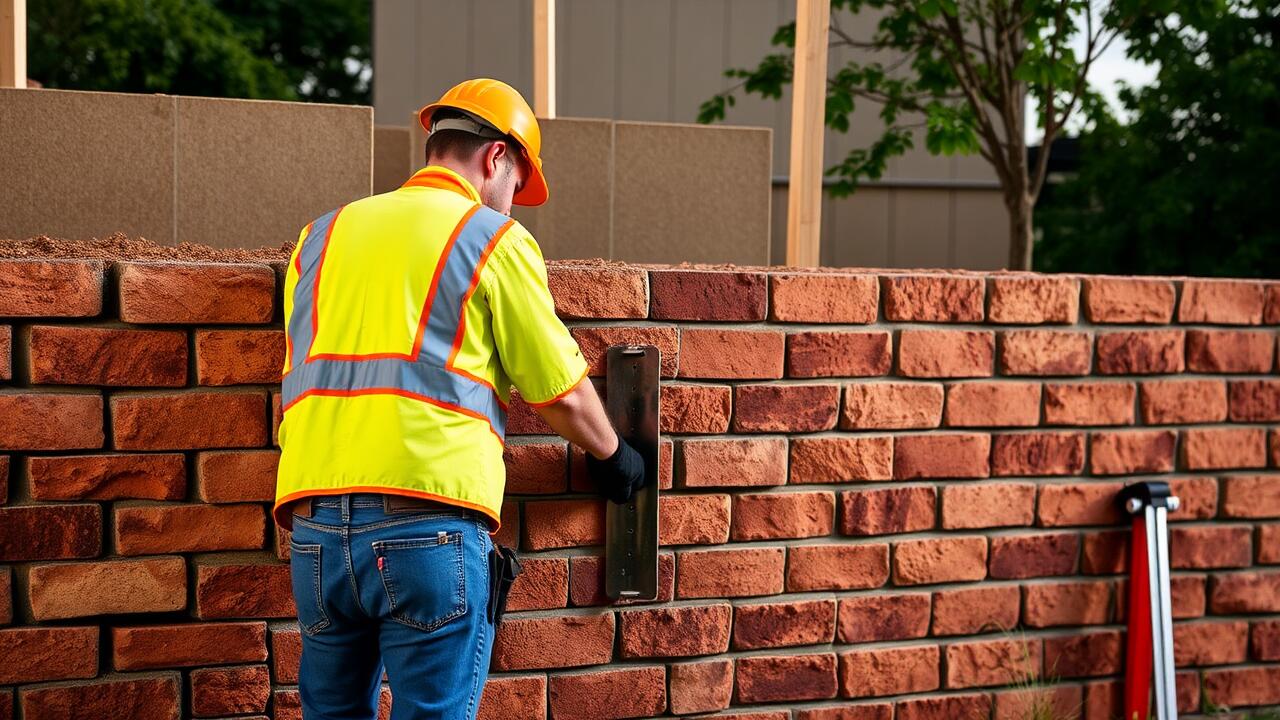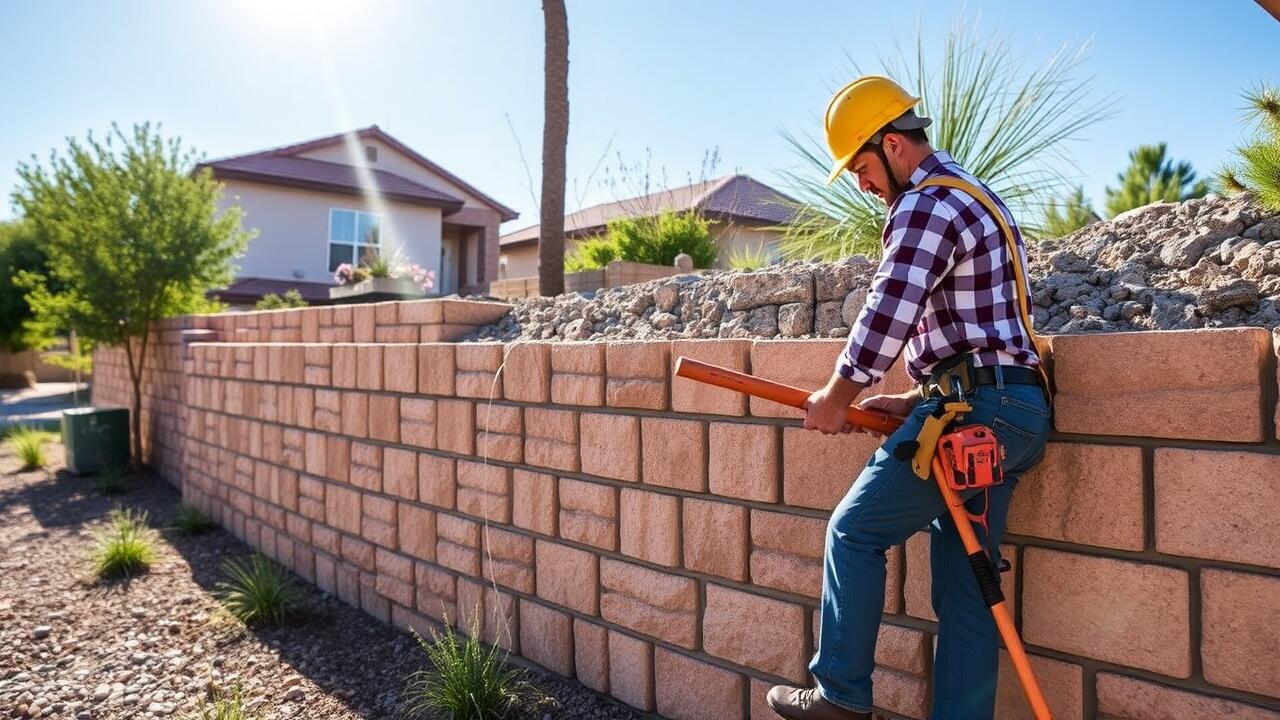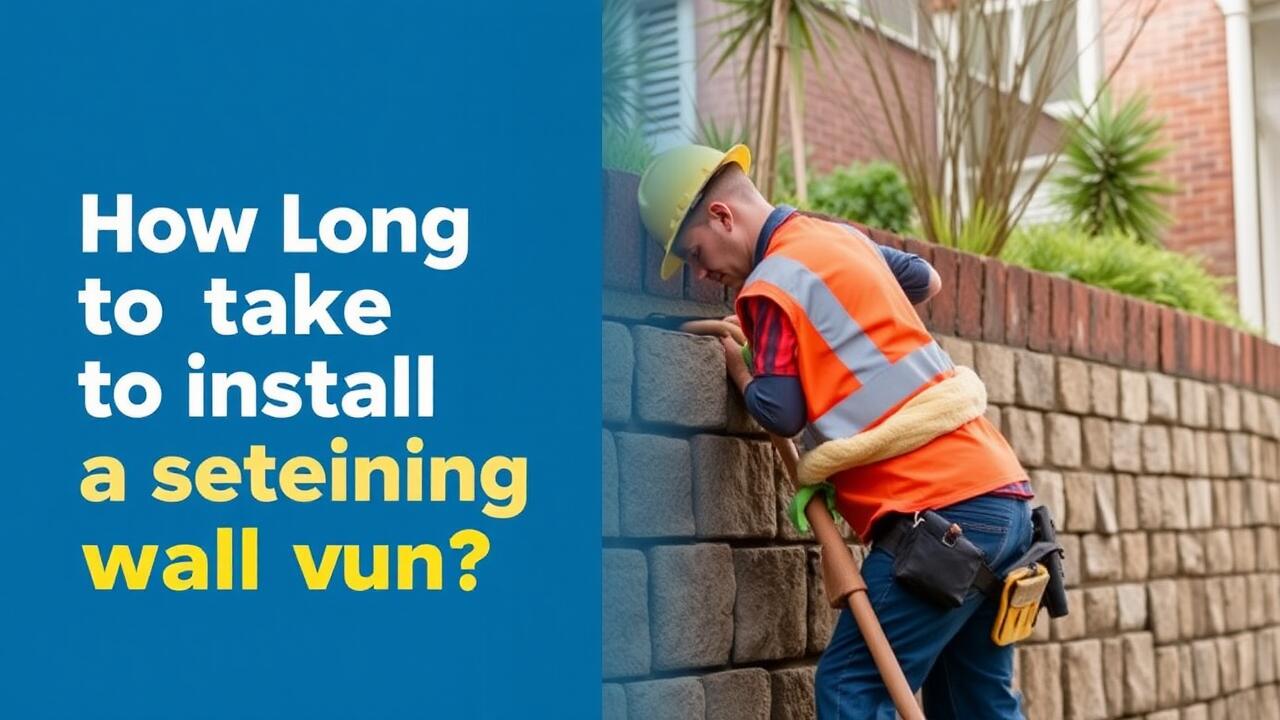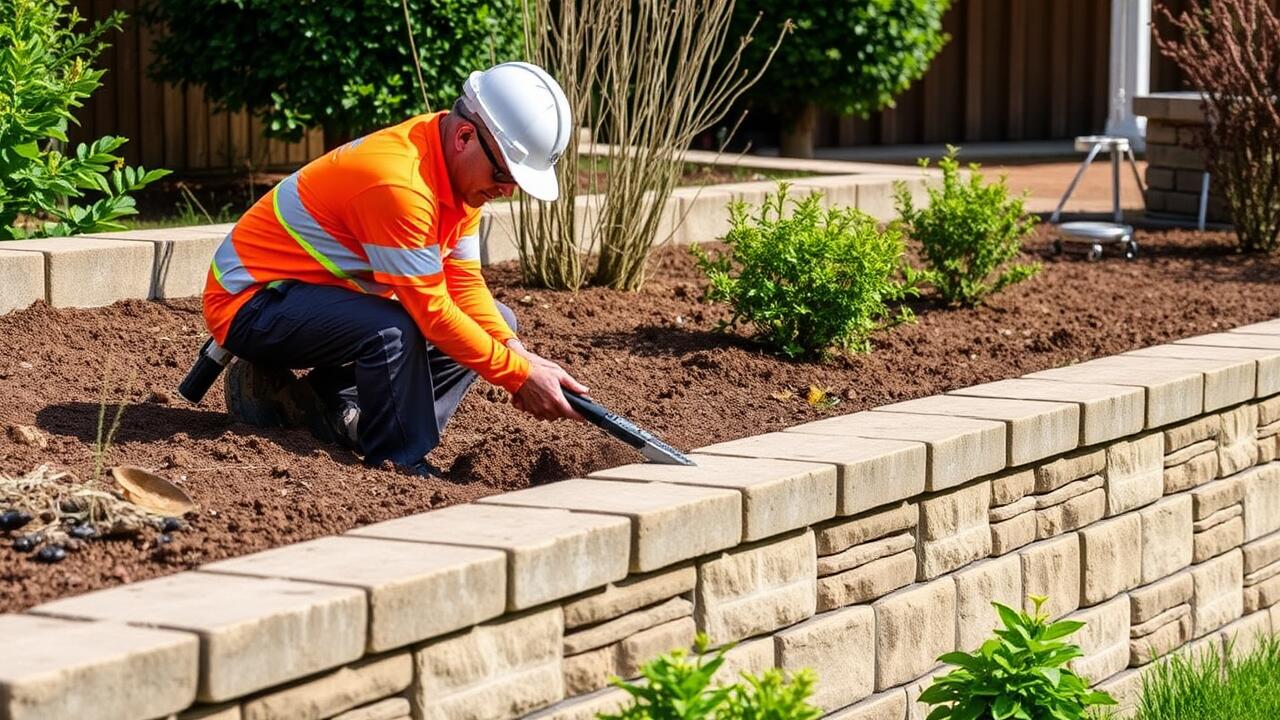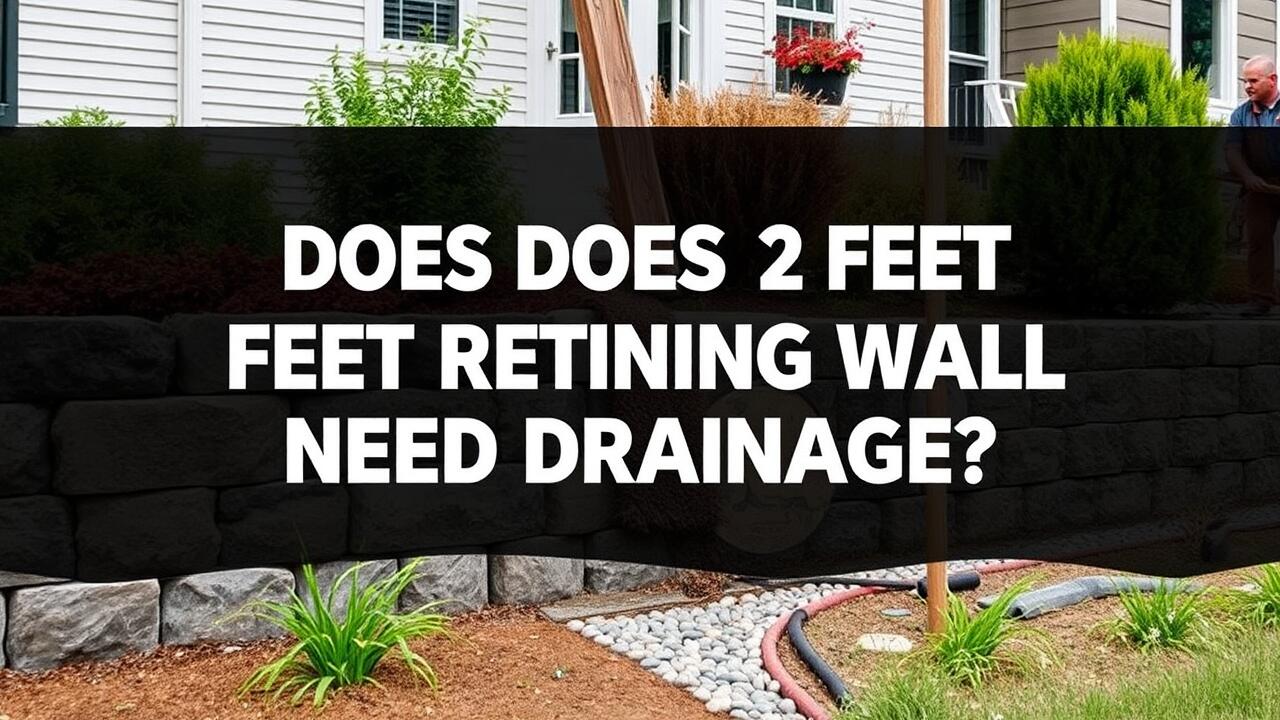
The Role of Gabion Walls
Gabion walls serve as a cost-effective solution for various landscaping and structural needs. These walls consist of wire mesh or cages filled with natural stones or recycled materials. The installation process is relatively simple, which contributes to their lower overall cost compared to traditional retaining wall options. Their design allows for versatility in both form and function, making them suitable for different environments and purposes.
In addition to cost efficiency, gabion walls offer practical benefits in terms of drainage and erosion control. Water can flow freely through the stones, reducing hydrostatic pressure behind the wall and minimizing soil erosion. Their rugged appearance can also enhance the aesthetic appeal of a landscape. For those considering retaining wall installation in North Mountain, Phoenix, gabion walls provide an eco-friendly and economical choice that meets both structural and environmental needs.
Pricing and Environmental Considerations
The cost of materials for a retaining wall can vary significantly based on location and availability. In North Mountain, Phoenix, local suppliers may offer competitive prices on materials such as rock, gravel, or wire mesh, often utilized in gabion walls. These walls can provide an economical solution due to their use of undressed stones and minimal processing. However, while initial costs can be lower, it’s essential to assess the long-term durability and maintenance needs of the chosen material to ensure a wise investment.
Environmental considerations also play a crucial role in retaining wall installation. Using sustainable materials can help reduce the ecological footprint of the project. Gabion walls, for instance, can encourage natural drainage and help reduce erosion while integrating well with the local landscape. In areas like North Mountain, Phoenix, where water management is crucial, selecting environmentally friendly options can benefit both the landscape and the community, providing a more sustainable approach to retaining wall installation.
Analyzing Stone Retaining Walls
Stone retaining walls offer a timeless aesthetic that enhances the natural landscape. Their durability allows them to withstand environmental stresses while providing robust support for soil and hillside stability. When assessing stone as a material for these walls, it’s important to consider factors such as the type of stone used, the design of the wall, and local climate conditions. These elements can influence both the performance and longevity of the structure, ultimately impacting the overall cost of installation.
When planning for a stone retaining wall, the cost of materials can vary significantly. Many homeowners opt for natural stone, which can be more expensive due to the excavation and transportation processes involved. However, options like manufactured stone can provide a similar look at a lower price point. Engaging a professional for Retaining Wall Installation in Encanto, Phoenix, can also help in understanding the nuanced costs associated with design and labor. Careful consideration of these factors allows for informed decisions that balance budget with desired aesthetic.
Pros and Cons of Natural Stone
Natural stone retaining walls offer a timeless aesthetic and exceptional durability. They can blend seamlessly with natural landscapes, creating a visually appealing boundary for gardens and pathways. Additionally, natural stone is highly resistant to weathering, giving it a longer lifespan compared to other materials. Homeowners in need of retaining wall installation in North Mountain, Phoenix often appreciate the unique characteristics of each stone, which adds individuality to their outdoor spaces.
However, there are some drawbacks to consider when opting for natural stone. The initial cost can be significantly higher than that of other materials due to the price of the stones themselves and the labor required for installation. Furthermore, sourcing high-quality natural stone may pose challenges, and the weight of the material can complicate transportation and placement. Homeowners should weigh these factors against the long-term benefits when planning their retaining wall projects.
Comparing Vinyl and Composite Walls
Vinyl and composite walls have gained popularity as affordable alternatives to traditional materials. Vinyl offers a lightweight and easy-to-install option, which can significantly lower labor costs. Its resistance to rot and insects adds to its appeal, particularly in climates that may make other materials more susceptible to damage. However, the aesthetics of vinyl may not suit all landscaping designs, prompting some homeowners to consider other materials that provide a more natural look.
Composite walls provide a blend of wood and plastic materials, offering an attractive appearance with added durability. They can better withstand the elements compared to vinyl, which helps in maintaining their visual appeal over time. The installation process for composite walls can vary based on local regulations, especially concerning Retaining Wall Installation in North Mountain, Phoenix. Understanding the unique characteristics of both materials can guide homeowners in selecting the most suitable option for their property.
Cost Factors and Longevity
When considering vinyl and composite retaining walls, cost factors can vary significantly depending on the materials used. Vinyl walls generally require less maintenance and have a longer lifespan compared to traditional wood options. In areas like the Ahwatukee Foothills of Phoenix, homeowners may find that while the initial investment might be higher, the durability of these materials ultimately offers savings over time due to reduced replacement and repair needs.
Longevity is a crucial aspect when selecting a retaining wall option. Composite materials are engineered to resist fading, corrosion, and rot, making them a smart choice for the desert climate of Phoenix. Retaining Wall Installation in Ahwatukee Foothills can benefit from these options, as their resilience to harsh weather ensures that homeowners won't have to worry about frequent upkeep or replacement.
FAQS
What is the cheapest type of retaining wall?
Gabion walls are often considered the cheapest type of retaining wall due to their use of inexpensive materials like stones and wire mesh.
Are gabion walls environmentally friendly?
Yes, gabion walls are generally considered environmentally friendly as they use natural stones and can promote vegetation growth, helping with drainage and erosion control.
How do stone retaining walls compare in cost to other types of walls?
Stone retaining walls can be more expensive due to the cost of natural stone materials and labor, but they offer durability and aesthetic appeal that may justify the higher price.
What factors affect the cost of vinyl and composite retaining walls?
The cost of vinyl and composite retaining walls can be influenced by factors such as material quality, design complexity, installation labor, and geographical location.
How long do different types of retaining walls typically last?
Gabion walls can last 20-30 years, stone retaining walls can last over 50 years, and vinyl or composite walls typically have a lifespan of 25-50 years, depending on maintenance and environmental conditions.
